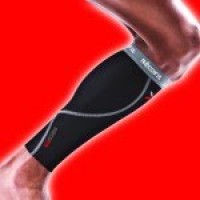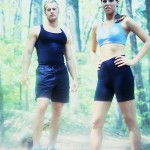Pain should NOT be included in your workout!
Every exerciser will benefit from being able to differentiate between pain (injury, radiating pain, limited range of motion, numbness, tingling) and muscle fatigue (muscle burn, feeling tired.) Pain should not be a part of your workout. If you’re having pain with exercise, STOP! Discontinue that exercise, regroup and try a different exercise or mode of exercise entirely. The following 4 statements provide a general definition of pain and should NOT be experienced during or after your workout. Common sense is paramount. If an exercise doesn’t “feel quite right” during a workout, it probably isn’t.
Sharp, shooting, stabbing pain in your muscle or around your joint.
Sudden loss, restricted or change of range of motion.
Pain that is nauseating, leads to dizziness or instability.
Pain that worsens with exercise.
 Subscribe
Subscribe

